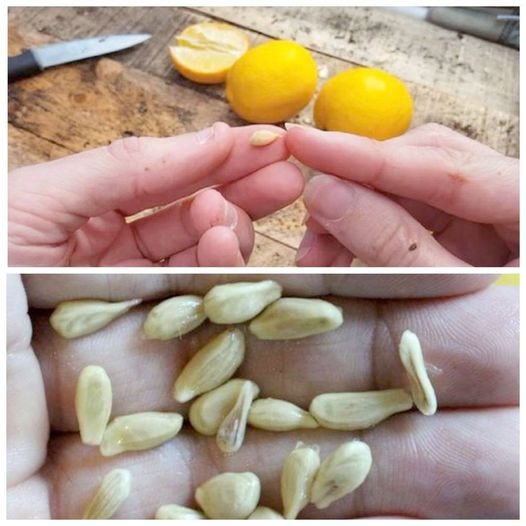If you’re someone who often discards lemon seeds, you may want to consider storing them and researching their potential applications.
Lemons are citrus fruits with a distinctive taste and many uses in the kitchen and the household. Their seeds may be ground and used in a variety of ways. In addition to being an excellent vitamin C source, the inherent acidity of these fruits aids digestion and decreases gas. They first appeared in Asian countries thousands of years ago, and from there they were traded all across the Mediterranean.
Lemons, with their peels and seeds, are common kitchen items. The peels are used to flavor food and make sauces, while the seeds are often reserved for use in baking. Plus, we use the lemon’s pulp, juice, and zest so often; there’s no need to discard the seeds. Following these guidelines will ensure that you make the most of it.
After you use the lemon, remove its seeds and wash the fruit well in a strainer with water that is at room temperature. After that, drain them entirely by placing them on a paper towel. The next step is to use tweezers to start “peeling” the seeds, or removing their outer layer of skin.
The next step is to use a little container, such as a yogurt pot, to place some moist cotton. Allow the cotton at least one week to germinate after planting the seed. A small stalk will have sprouted from the seed after around seven days.
Keep the soil and cotton wet until the seedling begins to put out little roots; this will encourage the plant to keep growing. The next step is to plant your seed in a small container that has been filled with a soil and perlite mixture. The soil should drain well. The sprout, once established, will need continual attention. A warm, dry, and draft-free spot is ideal for storing it. For a lemon tree that bears tasty fruit when it’s old, all you have to do is plant it in consistently wet soil and let nature take its course.
Continued on next page 👇(page 2)👇
